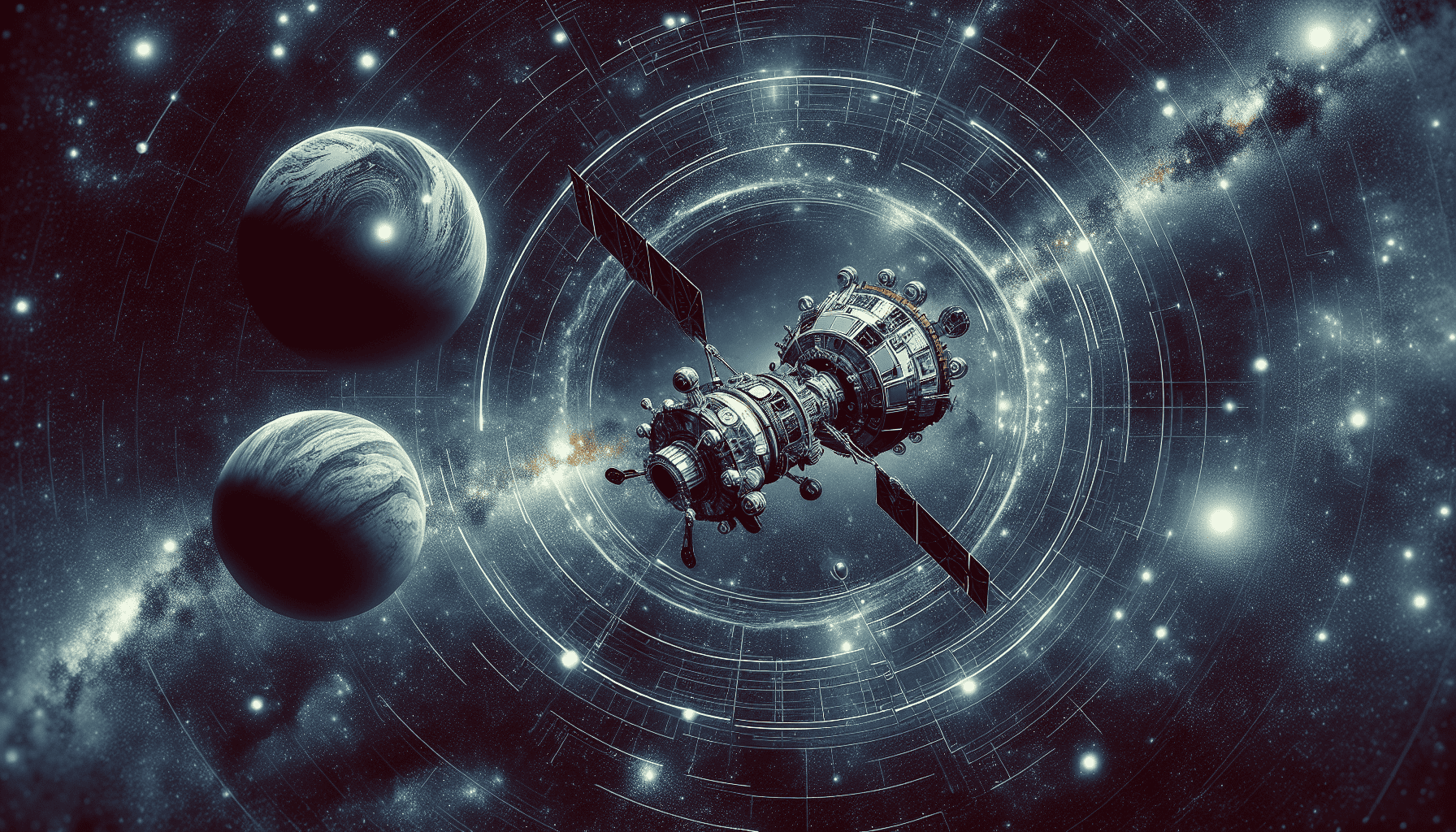Space exploration is experiencing a renaissance, propelled by groundbreaking technologies, a burgeoning interest from private companies, and the collective ambition of nations worldwide. As we stand on the cusp of this new era, the quest to understand our universe is accelerating, with missions stretching from lunar landscapes to the inviting horizons of Mars and beyond.
Current Missions: Blazing Trails Across the Cosmos
Central to this new age of exploration are the myriad missions being orchestrated by space agencies globally. NASA's Artemis program leads the vanguard in lunar exploration, aiming to return humans to the Moon by the mid-2020s. Artemis not only seeks to establish a sustainable human presence on the Moon but also to serve as a testing ground for the technologies and strategies required for more distant journeys, particularly to Mars.
In parallel, the European Space Agency (ESA) is embarking on the ExoMars mission, which promises a deeper dive into the Martian geological and biological mysteries. Featuring the Rosalind Franklin rover, the mission aims to search for signs of past life beneath the planet’s surface.
Mars is a focal point for nations such as China, which with its Tianwen-1 mission successfully deployed the Zhurong rover, demonstrating its growing prowess in interplanetary exploration. These missions are complemented by India's ambitious Chandrayaan and Mangalyaan programs, which continue to enhance our understanding of the Moon and Mars, respectively.
Emerging Technologies: Pioneering New Frontiers
Critical to the success of these missions are emerging technologies that promise to revolutionize how we explore space. Advanced propulsion systems, such as ion thrusters and nuclear thermal propulsion, offer the potential to cut travel times and increase the efficiency of space journeys. Meanwhile, robotic technologies and AI-driven autonomy are set to play indispensable roles in both manned and unmanned missions, executing tasks in harsh environments where human presence is impossible or impractical.
Additive manufacturing, or 3D printing, is quickly becoming a staple of off-Earth construction, enabling the in-situ fabrication of habitats, tools, and components on the Moon and Mars. This capability significantly reduces the need to transport vast quantities of materials from Earth, paving the way for sustainable exploration.
Moreover, satellite miniaturization and the development of mega-constellations are enhancing communication networks, making it easier to conduct long-distance missions and ensuring constant contact between Earth and the outer reaches of our solar system.
The Race to Mars and Beyond: Humanity's Greatest Adventure
While the Moon serves as a valuable stepping stone, Mars has captured the imagination of spacefaring nations and private companies alike. Elon Musk's SpaceX is at the forefront with its Starship spacecraft, designed to transport humans and cargo to Mars with the vision of creating a self-sustaining colony. Similarly, NASA's long-term plans include sending astronauts to Mars in the 2030s, leveraging lessons learned from the Artemis program.
Beyond Mars, the gas giants of the outer solar system and their intriguing icy moons, like Europa and Enceladus, present tantalizing targets for future exploration. The possibility of subsurface oceans and the potential for life make them priority objectives for agencies planning for the next few decades.
Private industry collaborations and the formation of multinational partnerships are pivotal as the race intensifies. This confluence of public and private sectors ensures not only technological innovation and cost-sharing but also the democratization of space access, bringing a broader spectrum of ideas and resources to the table.
As we look to the future, the pursuit of space exploration embodies humanity's inherent curiosity and drive to transcend the boundaries of our existence. New missions, driven by emergent technologies and international collaboration, affirm that the era before us holds unprecedented opportunities to venture further and learn more about our cosmic neighborhood. While the challenges are many, the rewards promise to elevate our understanding and expand the very essence of human identity beyond the limits of our earthly home.
